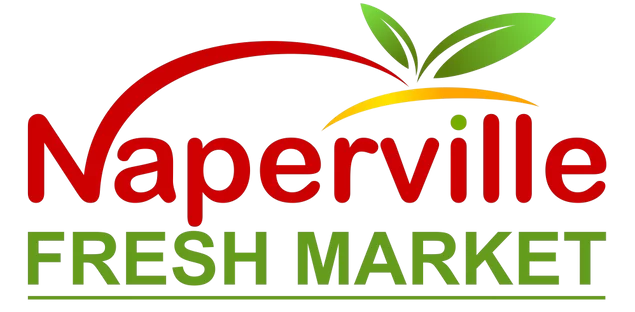How Seasonal Weather Patterns Affect Halal Meat Production
The production of Halal meat is closely tied to seasonal weather patterns, which directly impact livestock growth and availability. During the spring and summer, livestock such as sheep, goats, and cattle benefit from an abundance of fresh pastures, which supports their health and growth. This leads to a more robust supply of Halal meat in stores, giving consumers a wider range of options. However, as autumn turns to winter, the colder weather can limit the natural grazing resources for these animals, slowing their growth and reducing meat production. This seasonal cycle means that shoppers may notice differences in both availability and prices throughout the year.
The Influence of Cultural Celebrations on Halal Meat Demand
Cultural celebrations like Ramadan and Eid al-Adha play a significant role in shaping the demand for Halal-certified meat. During these periods, communities come together for shared meals, significantly increasing the need for Halal options. Retailers respond by increasing their inventory, often resulting in a more diverse selection of cuts and types during these times. Outside of these cultural peaks, the demand for certain Halal meats tends to decrease, which can lead to a narrower range of choices in stores. Understanding these cycles allows consumers to better plan their purchases around these times, ensuring access to their preferred Halal meats when they are most in demand.
Regional Agriculture’s Contribution to Halal Meat Variety
The role of regional agriculture is pivotal in maintaining the variety of Halal meat throughout the year. Areas with rich agricultural traditions and sustainable grazing practices can often sustain a steady supply of locally-sourced meat, even when seasonal changes limit production elsewhere. This results in a consistent presence of Halal-certified beef, lamb, and poultry in local markets. In contrast, regions that rely heavily on imported meats may experience more pronounced seasonal shifts in availability. The health of local farming systems is thus a key factor in determining how diverse and abundant the Halal meat options are during different seasons, allowing consumers to choose from a stable selection year-round.
Global Trade Networks and Their Seasonal Challenges
The availability of Halal meat is not solely determined by local factors; global trade networks also play a crucial role, especially when local supplies dwindle. Importing Halal-certified meats from countries with favorable climates can help stabilize the market, offering consumers access to various options regardless of the season. However, these imports are often subject to seasonal challenges such as adverse weather conditions and shipping delays, which can impact their timely arrival. These disruptions may cause temporary shortages or variations in the types of Halal meat available in stores. By understanding how global trade interacts with seasonal production, consumers can better navigate the fluctuations in supply and make informed choices throughout the year.
Learn More
What Makes Halal Meat More Readily Available During Certain Seasons?

